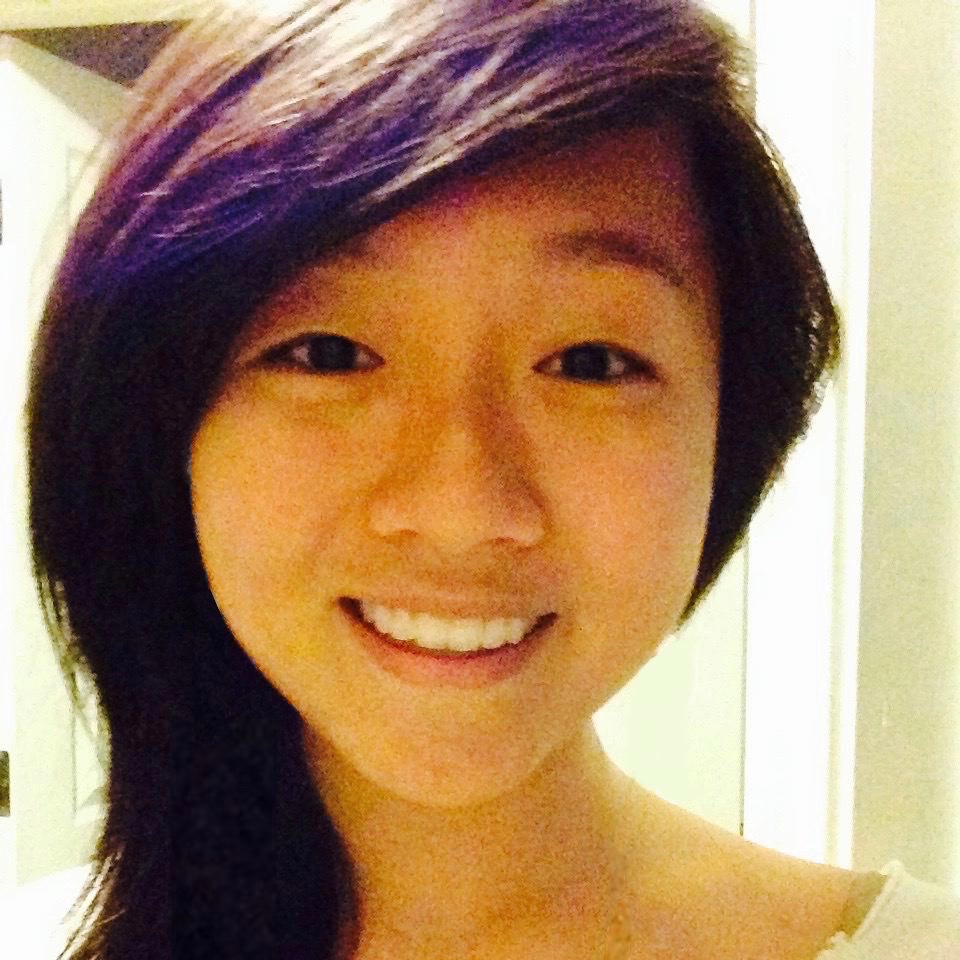Tharshika Thangarasa is a daughter, sister, friend and fourth year medical student at the University of Ottawa. Her artwork “Stroked” appears in the Spring 2019 Intima: A Journal of Narrative Medicine.
It is incredible how abruptly and drastically things can change. Nowhere is this more evident than in medicine.
In his beautiful piece “Decisions”, Ron Lands takes the reader through the delicate moments preceding the disclosure of a medical diagnosis to a patient. Holding the weight of the individual’s new reality, hesitant to pass it on… unsure of whether or not the person has the supports necessary to bear it.
The concept of a new reality, seemingly defined by disease is also depicted in my studio artwork entitled “Stroked”. In this image, the intricate cerebral vasculature is depicted as the branches of a tree. They serve as the highway through which nutrients are able to reach the leaf buds, allowing them to blossom. They allow blood to nourish the neurons of our higher level cortical areas, those that form our identities. A stroke, represented by the burning of these branches, is one example of a medical phenomenon that can unexpectedly, and eternally, alter a person’s life.
Yet, the task of disclosing this to the patient is in the hands of the provider. A person, who too can struggle with it’s magnitude. Providers, patients, families… no one is immune to the sometimes devastating consequences of disease.
Tharshika Thangarasa is a daughter, sister, friend and fourth year medical student at the University of Ottawa. She cultivates her own wellness at the intersection of art and medicine, and hopes to continue to embrace the humanities on her journey to becoming a psychiatrist. Her artwork “Stroked” appears in the Spring 2019 Intima: A Journal of Narrative Medicine.
©2019 Intima: A Journal of Narrative Medicine










